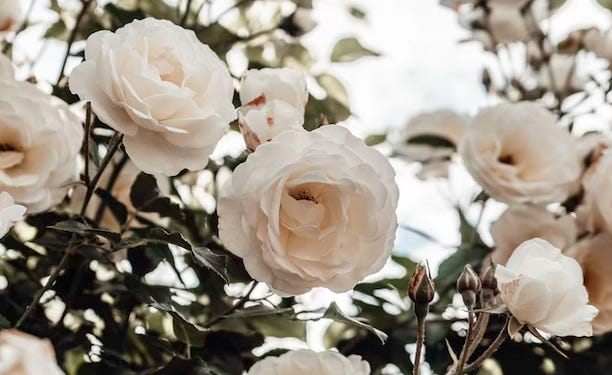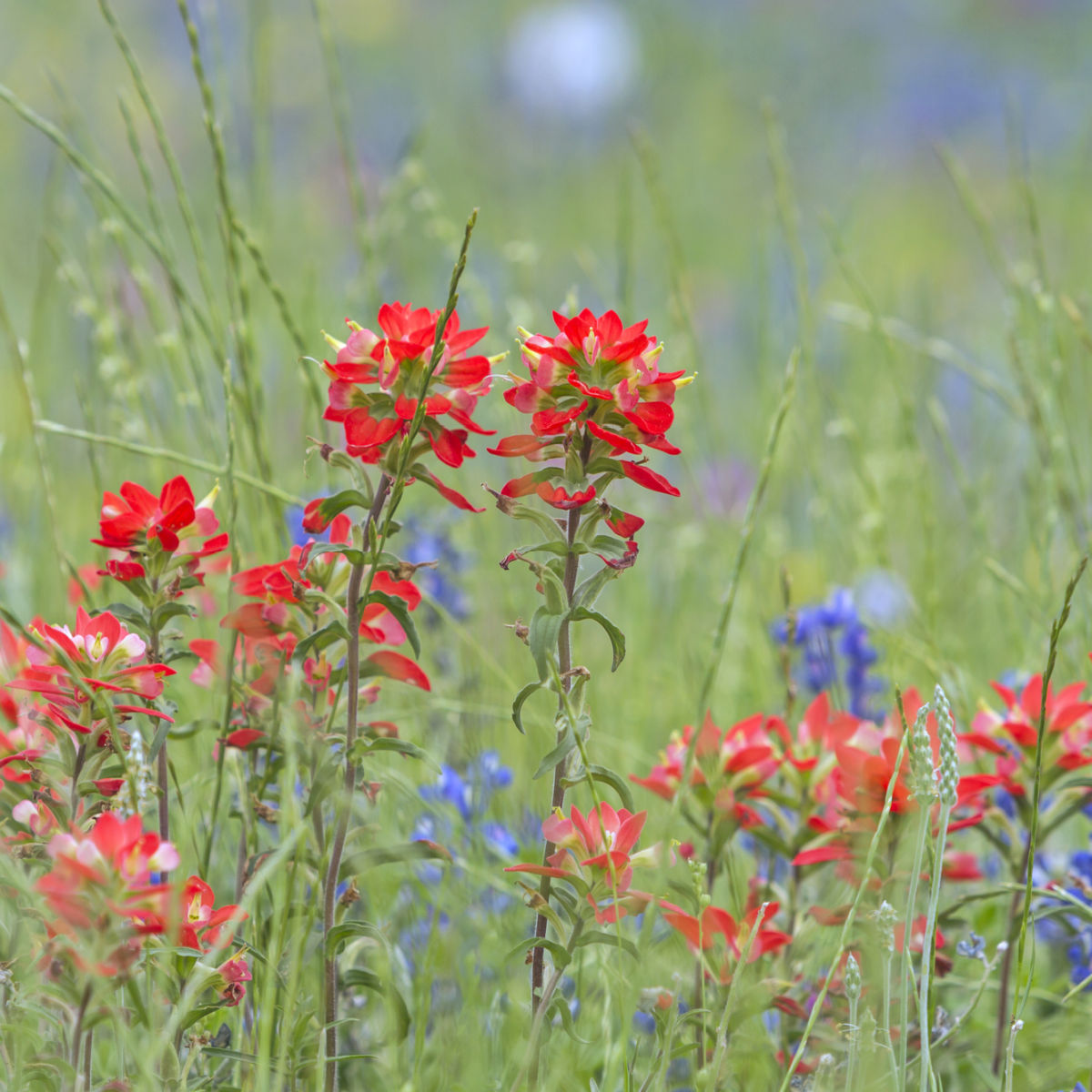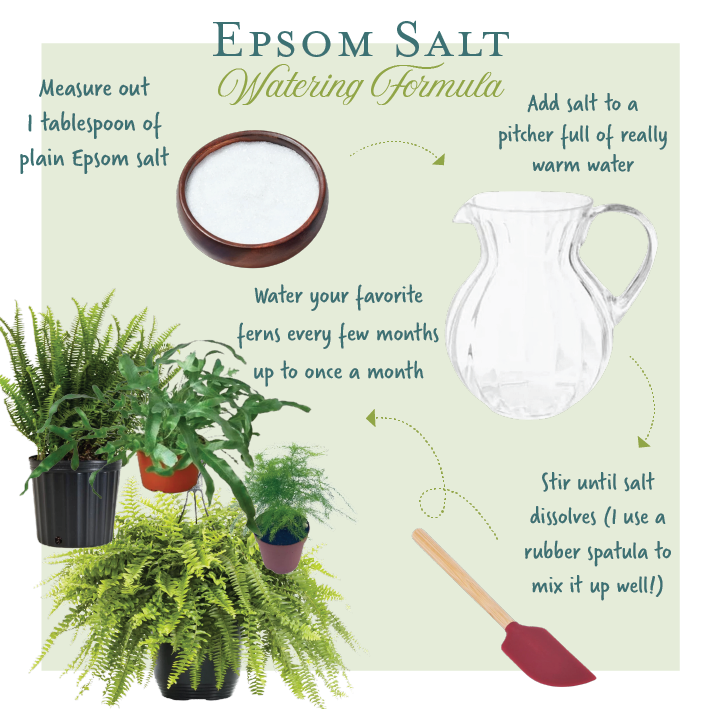Garden Mistakes: What Plants Don't Like Epsom Salt and Just How to Stay clear of Them
Garden Mistakes: What Plants Don't Like Epsom Salt and Just How to Stay clear of Them
Blog Article
Learn More About the Specific Plants That Are Adversely Influenced by Epsom Salt Application
Epsom salt, a prominent family remedy for various horticulture problems, is frequently commended for its advantageous impacts on plant development. Not all plants respond favorably to its application. Recognizing the details plants that can be negatively influenced by Epsom salt is crucial for any type of gardener aiming to optimize their plant care routine. Roses, tomatoes, azaleas, rhododendrons, and peppers are simply a couple of instances of plants that may not respond well to Epsom salt. The reasons behind these unfavorable impacts and exactly how to minimize them are important knowledge for preserving a flourishing garden.
Roses

Roses, especially sensitive to changes in their environment, can be negatively impacted by the application of Epsom salt. While Epsom salt is generally utilized as a fertilizer to advertise plant growth and enhance blooming, roses are among the plants that do not respond well to its application. The high magnesium web content in Epsom salt can interfere with the uptake of other essential nutrients by the rose plants, causing deficiencies that show up as yellowing leaves or stunted development.

Tomatoes
Tomatoes, recognized for their flexibility in cooking applications, can exhibit unfavorable results when revealed to Epsom salt because of their details nutrient requirements. While Epsom salt is usually touted as a treatment for numerous plant problems, consisting of blossom end rot in tomatoes, its application can result in destructive outcomes if not made use of judiciously. Tomatoes are heavy feeders that need a well balanced consumption of nutrients, particularly calcium, to prosper. Too much Epsom salt, which is magnesium sulfate, can disrupt the delicate nutrient balance required by tomatoes, potentially leading to deficiencies in other necessary nutrients like calcium. This imbalance may materialize in symptoms such as stunted growth, yellowing fallen leaves, and even lowered fruit manufacturing in tomatoes. For that reason, when thinking about using Epsom salt on tomatoes, it is critical to abide by recommended application rates and soil testing to avoid unexpected consequences on the total wellness and performance of these precious yard plants.
Peppers
Peppers, prized for their various shades and levels of spiciness, can show vulnerability to adverse impacts from Epsom salt when not applied with treatment and consideration for their specific dietary needs. what plants don't like epsom salt. Peppers, belonging to the Solanaceae family, call for a delicate equilibrium of nutrients to flourish. While Epsom salt is recognized to increase magnesium levels best site in plants, excessive application can interrupt this stability, causing adverse results on pepper plants
When peppers are exposed to high levels of magnesium from Epsom salt, it can disrupt the plant's ability to take in other necessary nutrients like calcium and potassium. This inequality might manifest in signs such as fallen leave discoloration, stunted growth, and minimized fruit production. In addition, the excessive magnesium can change the dirt pH, further worsening nutrient uptake problems for peppers.

Rhododendrons
Given the sensitivity of certain plant types to discrepancies triggered by Epsom salt, it is vital to consider the influence on Rhododendrons, which likewise need certain nutrient degrees to flourish. Rhododendrons are acid-loving plants that favor acidic dirt conditions with a pH range between 4.5 and 6.0. Epsom salt, chemically referred to as magnesium sulfate, can alter the soil pH and interfere with the fragile equilibrium of nutrients crucial for Rhododendron wellness.

To preserve the optimum growth and health of Rhododendrons, it is crucial to stay clear of the unplanned use Epsom salt and instead concentrate on offering the specific acidic dirt conditions and nutrients that these plants require for prospering.
Azaleas
These preferred blooming plants are typically discovered in parks, gardens, and landscapes due to their elegance and flexibility. While Epsom salt is typically used as a remedy great post to read for magnesium shortage in plants, its application to azaleas can have unfavorable effects.
Azaleas prefer slightly acidic soil conditions, and an excess of Homepage magnesium from Epsom salt can disrupt this equilibrium, leading to nutrient discrepancies and prospective toxicity problems. The inaccurate application of Epsom salt can result in stunted growth, yellowing of leaves, and overall decrease in the health of azaleas.
Conclusion
To conclude, it is necessary to be aware of the certain plants that can be detrimentally influenced by the application of Epsom salt. Roses, tomatoes, peppers, rhododendrons, and azaleas are some examples of plants that might not take advantage of Epsom salt and might also suffer damage. It is vital to study and understand the requirements of each plant varieties before utilizing Epsom salt as a plant food to ensure their health and wellness.
Recognizing the specific plants that can be negatively impacted by Epsom salt is critical for any garden enthusiast looking to enhance their plant treatment regimen. While Epsom salt is commonly utilized as a plant food to advertise plant development and improve flowering, roses are one of the plants that do not respond well to its application.Excessive use of Epsom salt can likewise result in an accumulation of salts in the dirt, leading to root damages and dehydration of the rose plants. While Epsom salt is recognized to improve magnesium levels in plants, excessive application can disrupt this balance, leading to negative results on pepper plants.
The high salt web content in Epsom salt can additionally dry out Rhododendron roots, triggering additional anxiety and damages to the plant. (what plants don't like epsom salt)
Report this page